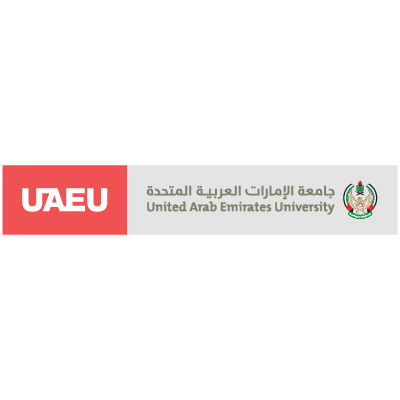Investigating the far-flung reaches of the universe

Sponsored by

Sponsored by

Through international collaborations and ground-breaking hi-res simulations, UAEU is discovering more about supermassive black holes
Muhammad Abdul Latif has been exploring the mysteries of the universe for more than a decade. An assistant professor of astrophysics at United Arab Emirates University (UAEU), he investigates supermassive black holes that lie at the centres of galaxies.
Dr Latif and other astronomers at UAEU examine the formation of these black holes, which each have a mass equal to several million, or even billion, times that of the Sun.
“The question is how these black holes form and grow and how they interact with galaxies, and how galaxies feed black holes,” he says. It is difficult to know the “birth mass” of a black hole when it is first formed, Dr Latif says, but they are understood to grow significantly over time as they accrete large amounts of material.
“There are various models and mechanisms to explain how black holes form and grow over time to reach billions of solar masses,” he says. Dr Latif’s research focuses on the direct-collapse mechanism, where a cloud of gas monolithically collapses and, rather than splintering to form stars, forms a single massive black hole 100,000 times the mass of the Sun.
Scientists have theorised that direct-collapse black holes are responsible for powering the earliest quasars – luminous and powerful distant objects that emit up to a thousand times the entire energy output of the Milky Way.
Dr Latif is working with academics around the world to better understand these direct-collapse supermassive black holes. The tools used in his research are open-source codes primarily supported by the National Science Foundation, Nasa and contributions from various academic institutions around the world. He collaborates with the developers of these codes, such as researchers at the Georgia Institute of Technology’s School of Physics, and UAEU has also established partnerships in Germany, Italy, the USA, the UK, France, Chile and Japan.
Recently he has been working with researchers at the University of Portsmouth and the University of Edinburgh on the universe’s first quasars and binary black holes – systems of two black holes in close orbit around one another. Using high-resolution simulations, they secured a breakthrough about the types of dark-matter haloes these binary black holes can form in by demonstrating that these systems can form in low-spin haloes, which raises the exciting possibility of detecting gravitational waves from the mergers of direct-collapse black holes.
Dr Latif is also involved with the European Space Agency-funded Athena X-ray observatory, which will observe X-ray emission from black holes and help to constrain different models. Various ground- and space-based missions such as the James Webb Space Telescope, Euclid and WFIRST will be testing models he has worked on. “These projects are funded by different governments who aim to understand the mysteries of the universe,” he says.
Dr Latif is optimistic that the Middle East can establish itself as a global hub in astronomy research. UAEU’s astronomy department is small but growing, and Dr Latif has secured funding for PhD students and postdocs to build his own research group that he says will provide much-needed manpower for more research.
“I think the Middle East has a lot of potential in terms of resources and [its governments] are getting more eager to invest in space and astronomy,” he says. Dr Latif will soon be working with a colleague who has secured funding to create a small radio telescope, the UAEU Radio Astronomy Pathway Project (URAPP), which will eventually become part of the Square Kilometre Array – an international effort to create the world's largest radio telescope. UAEU researchers are working with counterparts in Australia, who are advising them on how to build the instrumentation. In the coming years, Dr Latif will be taking on some of the questions that have puzzled astronomers for many decades. He aims to cement more international collaborations and will focus his efforts on examining how supermassive black holes grow and how the radiation that they produce regulates star formation in their host galaxies.
“Accreting black holes produce a lot of radiation, which regulates the star formation within the host galaxy,” Dr Latif explains. He says that these mechanisms are “relatively better understood in the local universe”, but that modern telescopes have given astronomers access to better observation of systems in the further reaches of the universe.
They have observed that some galaxies are forming stars at much higher rates than others. “Some are forming thousands of stars per year like our Sun – which is much higher than the star-formation rate in our galaxy.” How and why are questions that remain to be answered.
Read “The birth of binary direct-collapse black holes”, published in The Astrophysical Journal Letters, to find out more about UAEU’s work on supermassive black holes.
Learn more about UAEU.
